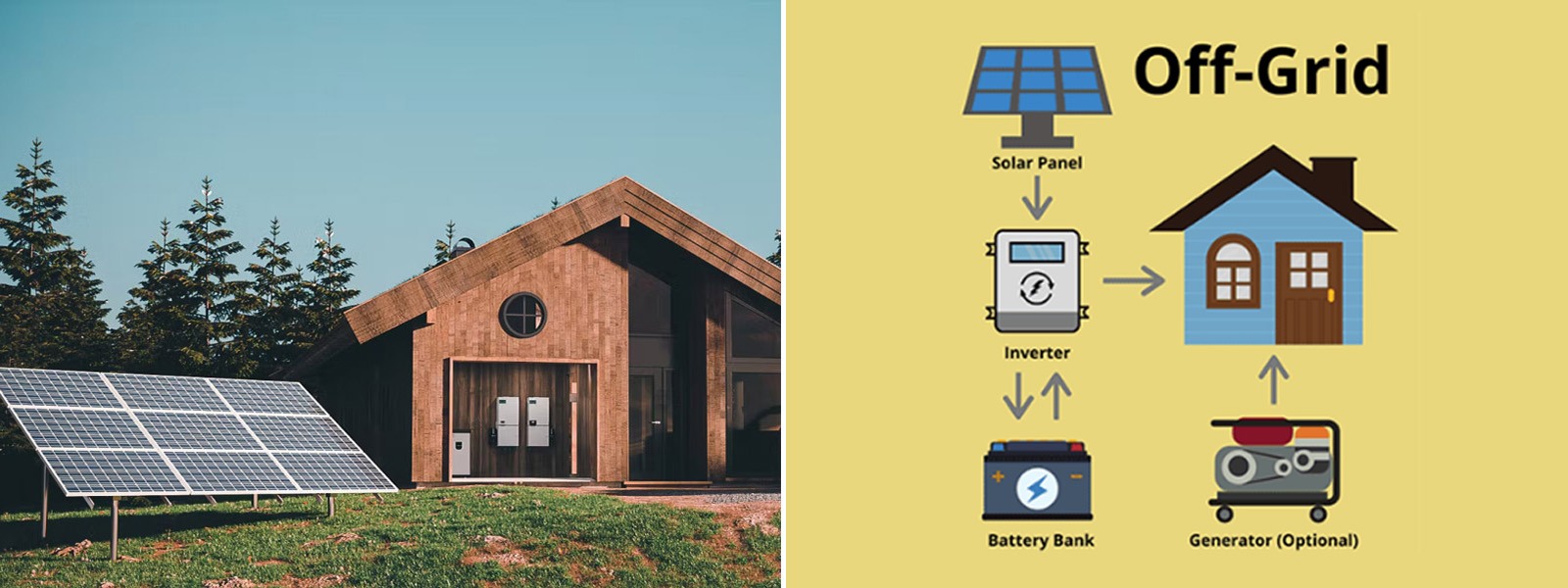An off-grid solar energy system operates independently from the main electrical grid. This signifies fulfilling all your energy requirements solely through solar power—without relying on the conventional electricity network.
A fully equipped off-grid solar system includes all components necessary to produce, store, and deliver solar energy directly at the location. Since these systems function without any link to external power sources, they are alternatively termed "standalone solar power systems."
Typical Applications of Off-Grid Solar Systems:
1.Charging portable devices like phones or tablets
2.Supplying power to appliances in recreational vehicles (RVs)
3.Generating electricity for remote cabins
4.Powering small, energy-efficient residences without grid access
Essential Equipment for an Off-Grid Solar System:
1.Solar panels
2.Solar charge controller
3.Solar inverter(s)
4.Solar battery (or battery bank)
5.Mounting hardware (racks and structure)
6.Electrical wiring
7.Junction boxes

Determining Off-Grid Solar System Size
Selecting the appropriate system size is a critical first step in installing an off-grid solar setup.
This decision impacts the specific equipment required, the installation complexity, and ultimately, the project's total expense. System sizing is fundamentally determined by the daily energy requirements (measured in kilowatt-hours - kWh) the system must meet.
There are two primary methods to calculate this energy need:
• Analyzing your current electricity consumption (via utility bills);
• Performing a detailed load evaluation (listing all appliances and their usage).
Key Advantages of Off-Grid Solar:
1.Complete independence from utility companies and grid outages
2.Environmentally friendly, utilizing renewable solar energy
3.Promotes heightened awareness and efficiency in energy consumption
4.Often the only viable power solution in geographically isolated locations
leave a message
Scan to wechat :
